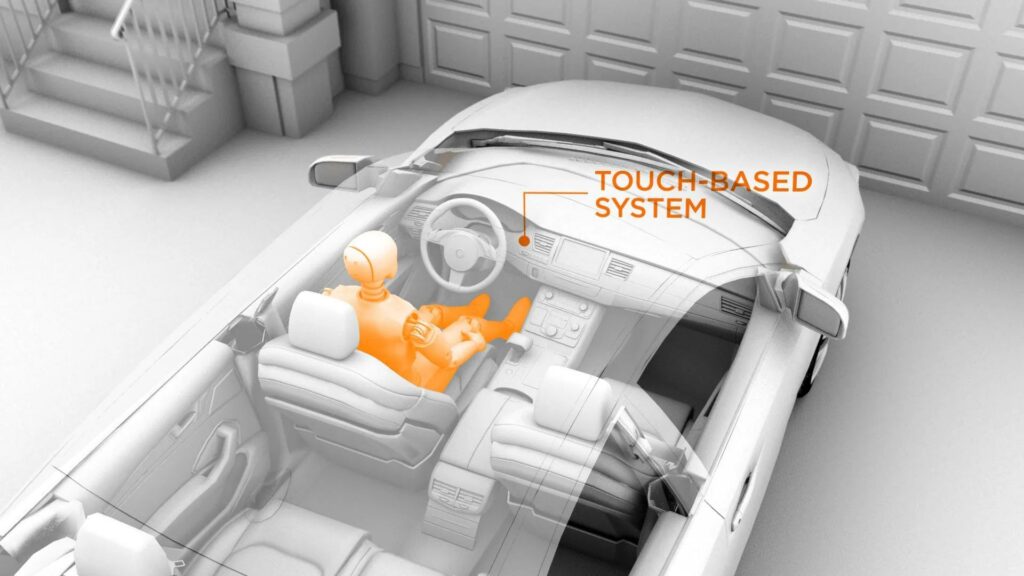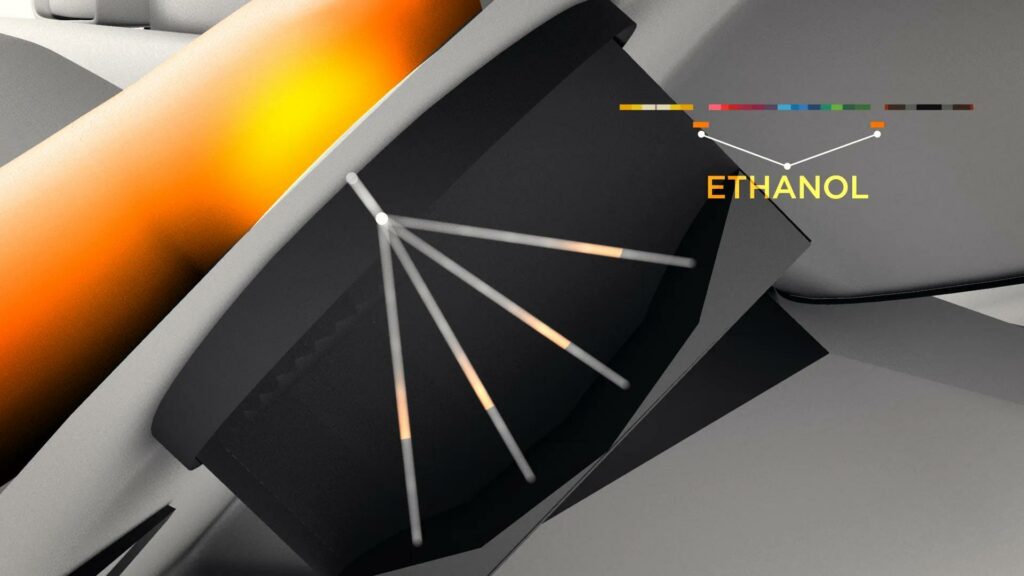Touch Technology

How It Works

The touch system is being designed to analyze alcohol found beneath the driver’s skin’s surface (or more specifically, the blood alcohol content detected in the capillaries). Measurement begins by shining an infrared light on the driver’s skin, similar to a low power flashlight, which moves into the tissue. A portion of the light is reflected back to the skin’s surface, where it is collected by the touch pad. This light contains information on the skin’s unique chemical properties, including the concentration of alcohol.
There are two discrete wavelength sources that signal the presence of alcohol. To ensure the speed, accuracy and precision of the device, the touch system doesn’t analyze all wavelengths – it focuses precisely at the wavelengths where alcohol can be found. In order for the system to operate seamlessly for the driver, it must be able to take multiple readings in a matter of sections.

